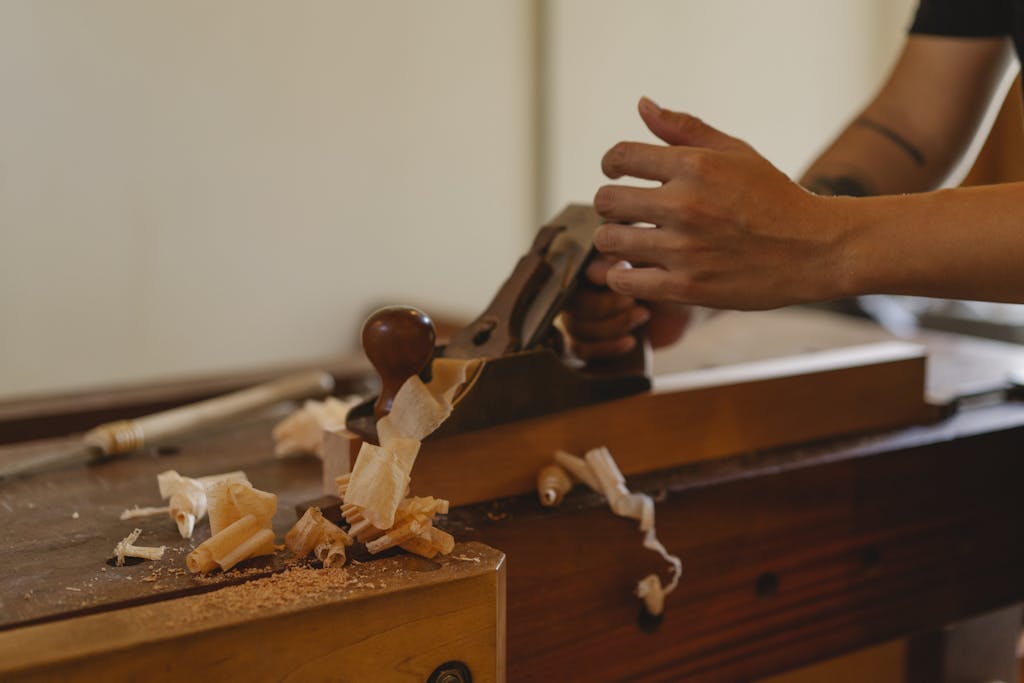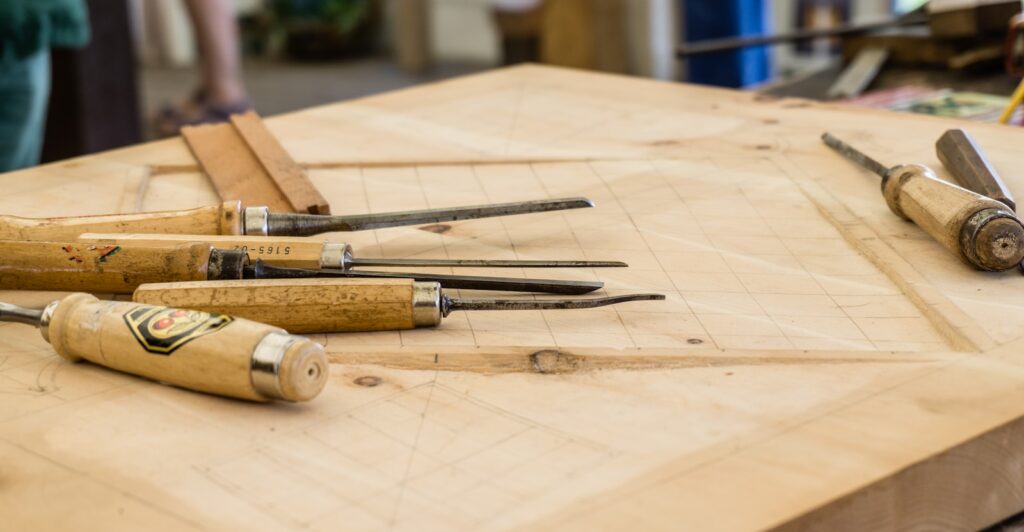From Tree to Table: The Complete Woodworking Journey
Woodworking is a timeless craft that transforms nature into everyday essentials. The journey from a standing tree to a finished table involves a sequence of thoughtful steps, each blending skill, care, and creativity. This guide explores each stage of this transformation—offering insight into the complete woodworking process.
1. Harvesting Raw Timber
The process starts in managed forests, where trees are selected based on their type, condition, and age. After being carefully felled, the logs are transported to a sawmill, where they’re prepared for the next phase.
2. Cutting and Drying
At the sawmill, logs are sawn into boards of specific thicknesses. These boards must be dried to eliminate excess moisture—using air-drying or kilns—to ensure stability and reduce the risk of future cracking or warping.
3. Choosing the Right Wood
After drying, boards are graded and chosen based on their grain, strength, color, and suitability for the intended project. Woodworkers match the wood’s characteristics with the desired look and function of their piece.
4. Wood Preparation
Selected lumber is then planed and squared. It is cut to the required dimensions with accuracy, ensuring all pieces are uniform and ready for joinery. Proper preparation sets the foundation for precise assembly.
5. Assembling the Pieces
Joinery techniques such as mortise and tenon, dowels, or biscuit joints are used to connect the wood pieces. These methods not only provide strength but also add character and craftsmanship to the finished product.
6. Smoothing the Surface
Sanding removes rough spots and imperfections, creating a flawless surface. This step is essential before applying any finishes, as it enhances the wood’s natural beauty and texture.
7. Applying the Finish
Stains, oils, or sealants are applied to protect the wood and elevate its appearance. The finishing process guards against wear, moisture, and sunlight, while also enriching the grain and color.
8. Bringing It Home
The completed item—whether a table, chair, or cabinet—finds its place in a living space. What once stood as a tree now serves as a meaningful, functional piece of handcrafted art.
Conclusion
Turning raw timber into fine furniture is more than construction—it’s a creative journey. From forest to home, woodworking blends natural materials with human artistry, producing pieces that tell stories and endure through generations.


